VANCOUVER — Vancouver’s famous views may get a revamp with new city council guidelines.
Since the late 1980s, development in Vancouver’s downtown has included view protection guidelines, also known as “view cones,” to ensure the city’s water and mountain views are not obstructed.
A new report to Vancouver City Council’s standing committee on policy and strategic priorities by the city’s planning, urban design and sustainability department is recommending council amend the existing guidelines as well as those for solar access policies and to clarify floor plate size standards.
City of Vancouver director of development planning Jason Olinek said it wasn’t until 1989 that the view cones were adopted, with the last comprehensive review between 2007 and 2011.
He said an evolving development context and pressures on growth were the impetus for the latest policy review.
“The council passed two motions in October 2023 directing staff to look at view cones and other policies such as solar access…to unlock housing and economic development such as job and hotel space, but the primary emphasis is unlocking capacity for housing,” Olinek said.
He added view cones roughly overlay only 15 per cent of the land area of Vancouver, the downtown core but “it’s the highest density of the city, so it’s an enormously complex question to ask.
“These changes are trying to assess, from a technical perspective, if a view is blocked why is (the view cone) still there, if a view is in a location the public can’t get to or appreciate can we move it?” he said.
A couple of view cones are in the middle of a street, he added, and “if you’re driving your car you won’t appreciate it unless you’re a pedestrian and you turn to look, so we’re just (as proposed in the report) moving it to a public plaza or a sidewalk, which sometimes opens up opportunities for development capacity in that area,” Olinek said.
He added a few more exceptions are introduced in the report for sites where the city would work with applicants to go through a protected view in order to enable other public benefits.
“Views are one public benefit, there are things like housing, job space, day care, maybe public open space or bike infrastructure. It’s one of the many criteria to go into it,” he said.
Olinek said one of the key drivers of the report is to increase housing supply in the downtown area.
“All residential can be seen as a benefit because we’re adding to the supply, and by our metrics we’re certainly looking right now to encourage rental housing and we like to see that there’s inclusionary affordable housing,” he said.
He also pointed out zoning already aligns with most view cones and they will not affect the vast majority of applicants.
“It’s when you want to rezone for additional height and density, that’s when a view cone may impact a proposal,” Olinek said.
He added the view cone changes are an early action and part of a bigger effort called the City-Wide Development guide.
“That’s (an effort) to consolidate, modernize and simplify 30 to 40 years of guidelines that are over 2,000 pages with over 70 documents. It’s a big initiative and its part of simplifying all of our policy and regulatory framework,” he said.
He added once approved by council, new view cone guidelines will immediately apply to new developments.
“Any application that comes in, whatever council approves they can meet that,” he said.
The report went to council on July 10 and is available here.


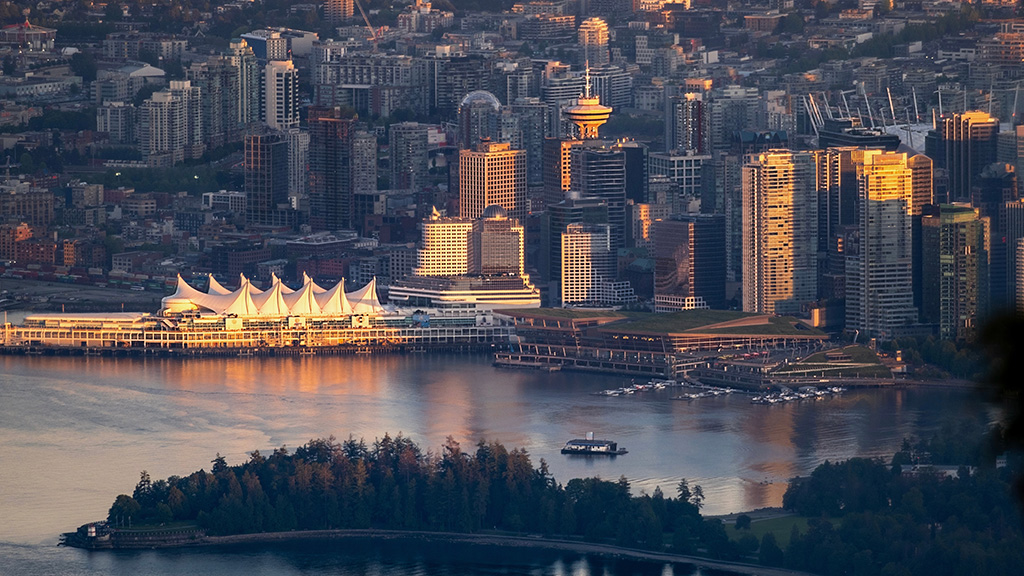
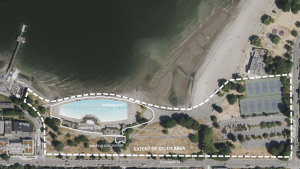
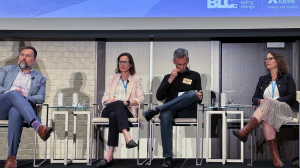

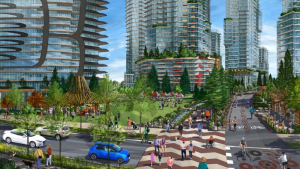

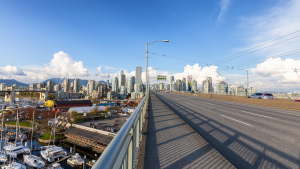
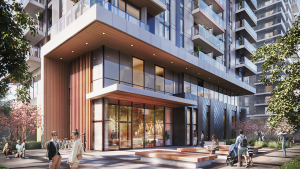
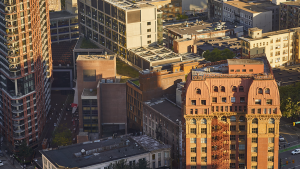
Recent Comments